First off, thanks for the few posters who recommended BLAME! I was immediately drawn to the art style and vibe, and despite my critiques below, I enjoyed my time with it.
The following review is spoiler free. If you want my quick thoughts, yes I recommend it.
synopsis
BLAME! is a science fiction manga by Tsutomu Nihei that follows the protagonist, Killy, in his journey through the "megastructure" to find humans who are carrying "net terminal genes." The megastructure is a decaying city that sprawls in every direction, and most of the facilities have been long abandoned, only sparsely populated by humans and other strange creatures. In outside informational material, the megastructure is said to be the size of Saturn, but for the purposes of the narrative, it might as well be infinite. It is ever expanding, as autonomous drones known as builders continue to build it outward. BLAME! is one of those narratives where the setting itself is a character, having a distinct personality and providing obstacles to those who try to traverse it. In this case, the megastructure is cold, uncaring, hostile, and alien.
vibe, art, aesthetic
Easily, the most striking and engrossing thing about the manga is its style and atmosphere. The influences are quite clear. I'm reminded of Tarkovsky's Stalker in which abandoned spaces are imbued with a seemingly magical quality. I also think of House of Leaves with its infinitely expanding cold, dark hallways. I think that the most obvious influence, though, is the artwork of H.R. Geiger, as the dark merging of industrial mechanics and biology could have been ripped directly from his art books.
If shonen is meant to be a breezy read, then BLAME! is like wading through tar in comparison. It's easy to get lost on the profuse amount of black ink on the page. You can feel the atmosphere on your skin, and sometimes you can start to sink into it. It is the darkest manga I've ever read. Not in its themes or narrative, but, like, its actual amount of black ink on the page. The manga is DARK. So much so that the master edition of the manga released a decade after the original had to lighten up the panels for clearer reading.
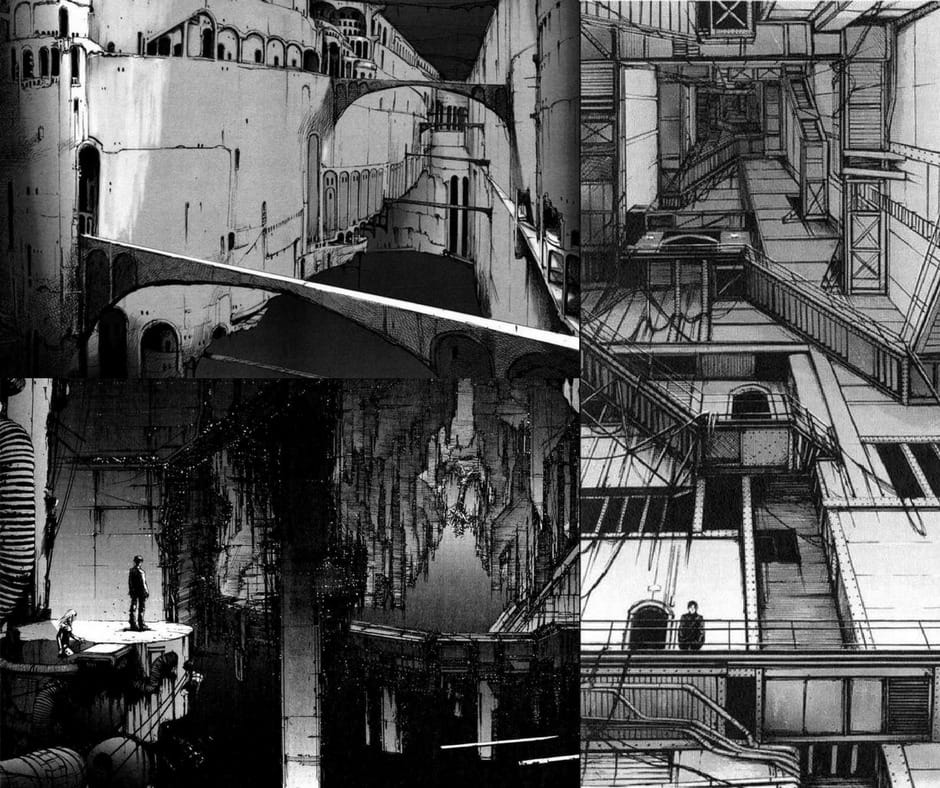
Despite this, the level of detail in the environments is staggering. Nihei shows a range of artistic styles, from loose sketchy lines, to sleek geometric designs, both in the environment and characters. Whatever style he's using on the page, you're always sure to feel lost and small within the vast empty spaces of the megastructure (which are, somehow paradoxically, claustrophobic). Many pages of each entry are simply dedicated to showing empty rooms as Killy traverses them, and it reinforces Nihei's commitment to creating a living, breathing space. If you like wire-ridden concrete hallways, sleek high-tech hangars, or biological nightmares, then there's something in the megastructure for you to marvel at.
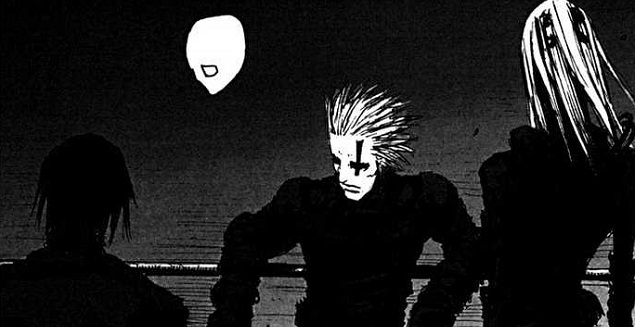
Unfortunately, this aesthetic variety does not extend to the human characters. Most of the characters wear all black and have few identifying facial features, although sometimes their armor is quite cool, sometimes blending in neo-medieval themes. I also feel that Nihei has a weaker grasp on the human form (or he's simply less interested in rendering it), as a lot of his figure work is loose and inconsistent. Whether this is an artistic choice, I leave up to you, but I personally find it detracts from the experience.
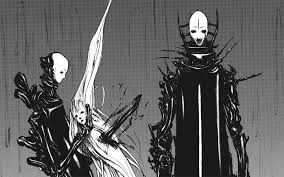
The villains, however, show personality in spades. While most enemies share a theme (white mask with black bodies covered in machinery and wires), there is an incredible variety that he shows within those confines. Enemy designs range from humanoids to building sized beasts. During the entire run, each new enemy is kept fresh and interesting. The loose rendering applied to humans are not present in the sharp, geometric bodies of the antagonists.
If you decide to read BLAME!, I have to imagine it will be for the reasons listed above.
pacing and criticism
I believe that the earlier portions of BLAME!, with their emphasis on a slow, brooding tone and world building, are the strongest. It takes on a similar structure to a Mad Max movie insofar as Killy often stumbles into other people's problems (as opposed to his own direct issue), and the drama comes from how he interacts with these people of the week before moving on.
Unfortunately, being a serialized manga, BLAME! falls into a typical format pretty quickly. Each entry follows a pretty typical structure. There will be environmental panels, Killy will talk to someone and information will be given, they are attacked (suddenly, unprompted, and seemingly at random), Killy will shoot the antagonist, and then Killy will generally fall through a hole in the floor or wall to reach another part of the megastructure where the cycle can start anew.
There's nothing wrong with having a swiftly paced manga with action scenes in every installment, although, in my opinion, this one is at its strongest when it is in a rare slow moment. The real issue, which I find hugely detrimental to the series as a whole, falls down to two things:
-
The action sequences in BLAME! are not well communicated or interesting.
-
Killy is not a good action hero.
Let's start with 1. Don't get me wrong. The action sequences have scale. There is always a beautifully designed enemy, and they often take place across multiple environments. There is no doubt that there is a level of spectacle to BLAME! that is hard to find elsewhere. However, it is, to me, often impossible to parse out the actual events of any action sequence. This is not JUST because the manga is dark (although...), but rather because the implied action between panels is, to me, not well communicated. Panels often bounce around from character to character, you might get two pages of explosions, falling through new terrain, and then suddenly the sequence is over. I know where sequences start and end, but whatever happens in between, I'm at a complete loss. I'm not alone in this thought, as it's a pretty typical problem people have with it.
Something I haven't seen discussed, though, is Killy's role as the action star of BLAME! While I think the manga would be better if it weren't action focused at all, there is an action sequence in nearly every installment, and Killy is at the center of 98% of them (his name is Killy, for god's sake!). So how does he stack up?
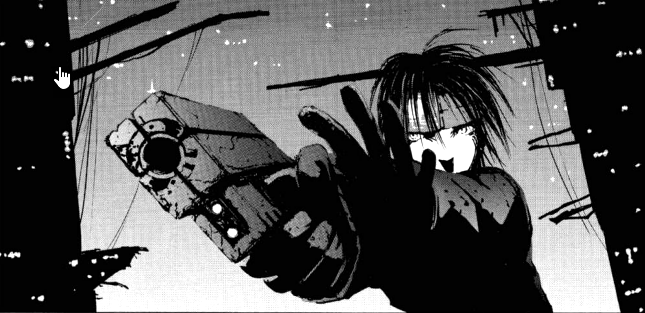
Killy uses a gun called a gravitational beam emitter, a lost technology that works as his trump card in every situation. It is the size of a handgun, but it has the ability to disintegrate nearly anything in a single shot, including those building sized beasts I described earlier. It has no ammo or cooldown period. It has no adverse effect on Killy when firing it (the wiki says otherwise, but I don't think it's narratively important). To be frank, it's OP, and it's the solution to pretty much every problem.
To compound this fact, Killy doesn't use it in an interesting way. There's no gun kata that he performs, no stylish matrix-like choreography, no special unique ammo, no hidden upgrades that he unlocks over time, etc. He simply raises his arm, points the gun, and pulls the trigger over and over (and over). I can't remember a time when he used it in a clever way (perhaps pointing it at an environmental setpiece to solve an encounter), instead opting to point and shoot. I mean, it's realistic to say the least, but it's not enthralling, particularly across 50+ installments. One might argue that BLAME! shouldn't be judged by the standards of action/battle manga, but I'm not sure what else to call a manga that has action/battle sequences in 90% of the installments, far more than even your typical shonen (even in vagabond, Musashi spends 30 or so chapters farming without a sword in sight!)
The unfortunate result of this is that BLAME!'s juice starts to run dry about halfway through. Over time, the environment becomes familiar to the reader, and the mystic veneer it had begins to fade (and most of it starts to explode for one reason or another). Without particularly strong characters (they're serviceable), captivating action, a strong storyline (it's fine), or a mystical environment, there's really just nothing there to keep you hooked. The world building, the entire hook of the manga, becomes sparser as more attention is paid to progressing the main storyline. To be honest, by the end, I was just rushing through so I could move onto something else. When I got there, I found it had an archetypical ending that I generally find to be very underwhelming. This was no exception.
conclusion
Regardless of my (objectively correct) moaning, BLAME! is an incredibly unique vision that deserves to be experienced. My descriptions of the megastructure pale in comparison to actually experiencing it, and there are FAR stranger and more interesting things found in it than I have mentioned here. The world building is masterful, and every encounter with a new settlement provides something new. It has that classic balance of cold hopelessness contrasted with humans doing their best to live in a dead world. Even if I forget the characters and storyline, I'm going to remember the megastructure for a long time, and that alone makes it worth reading.
Now, on to Land of the Lustrous...
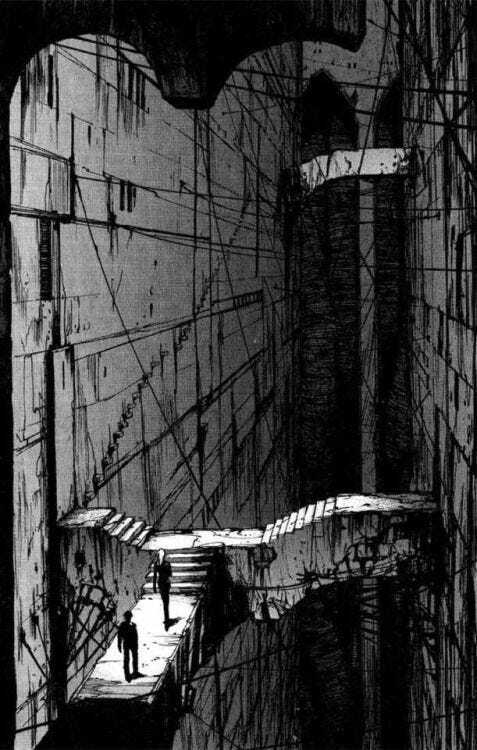
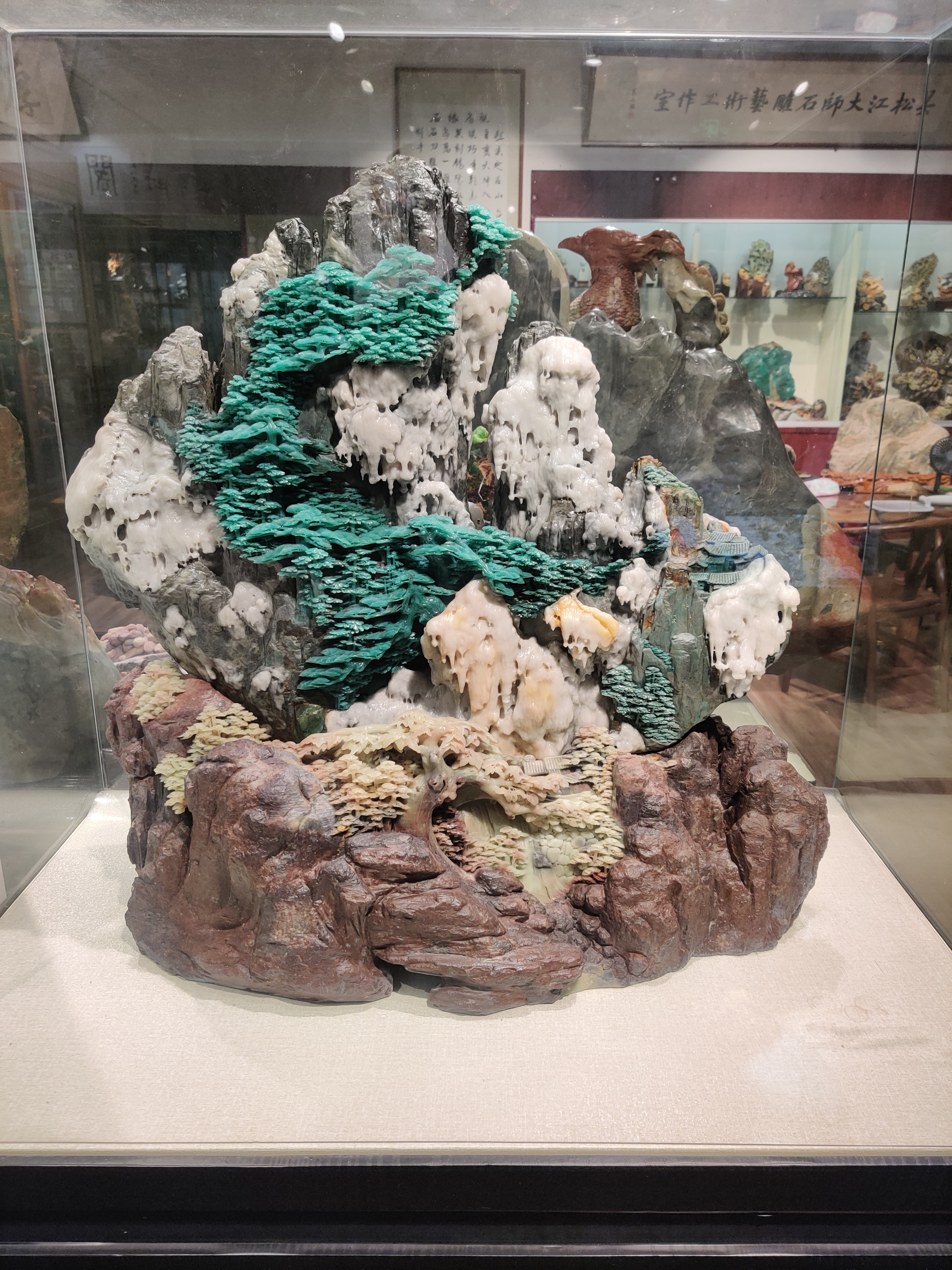
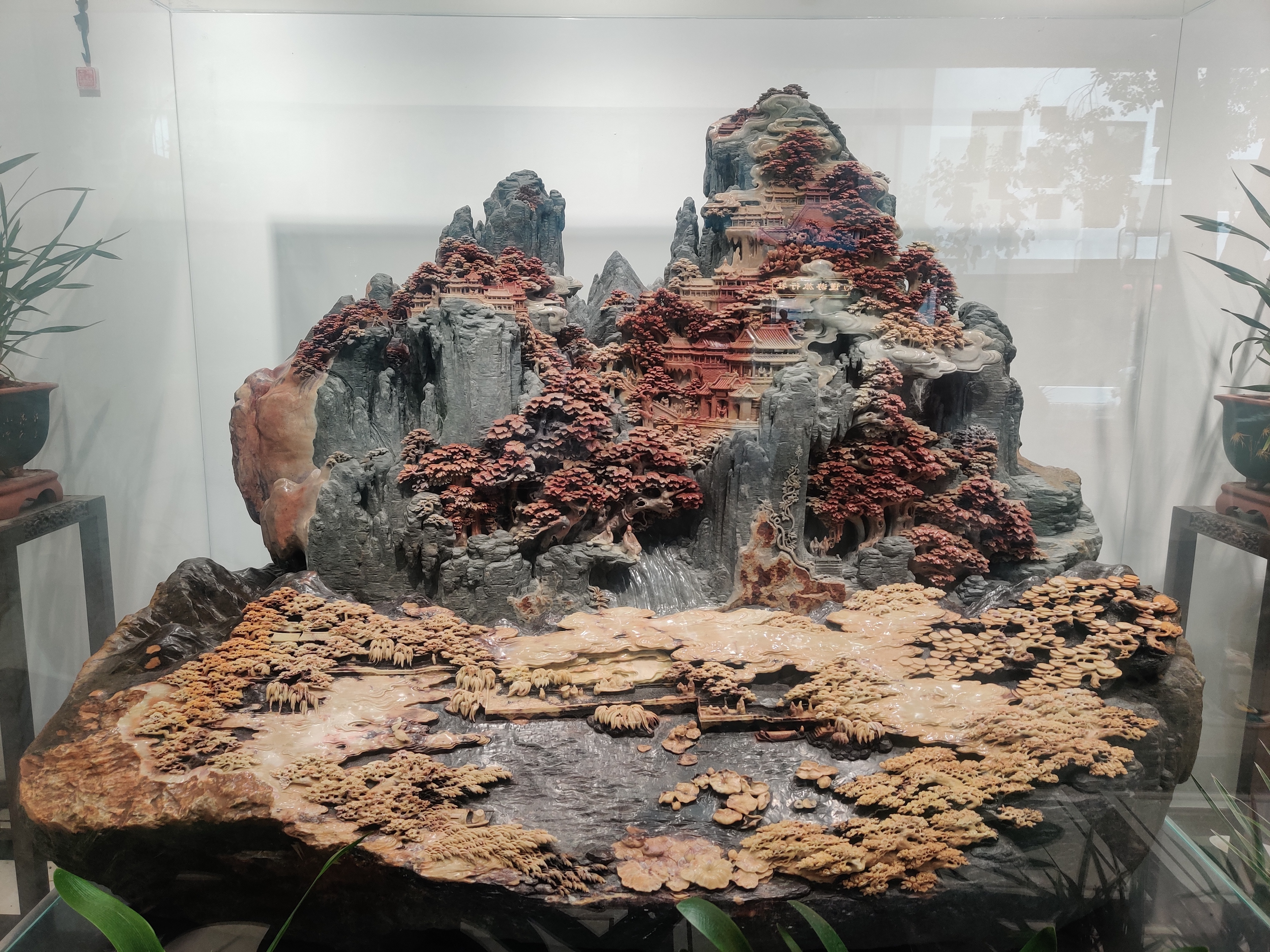


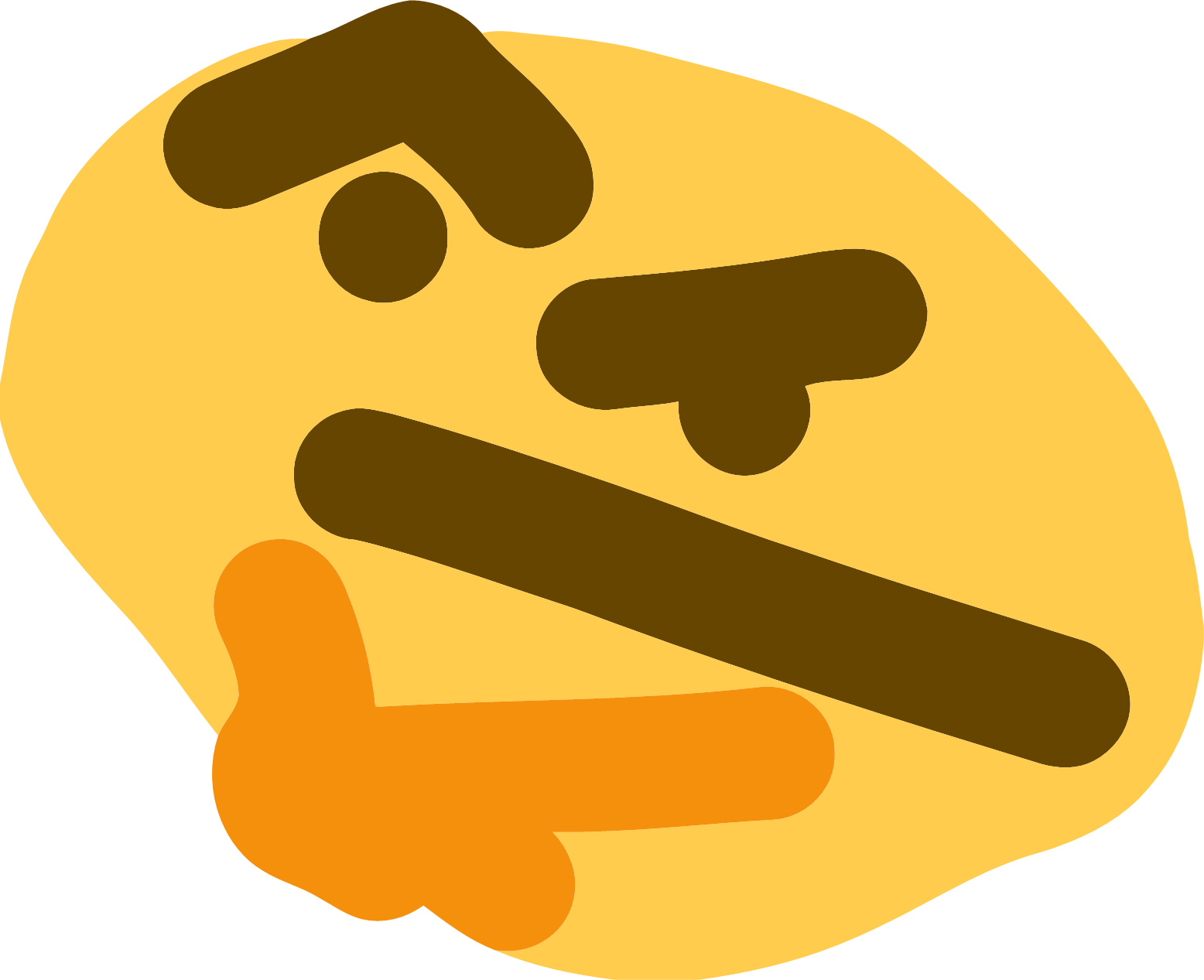

 .
. and
and 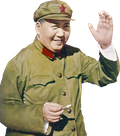 proud!
proud!
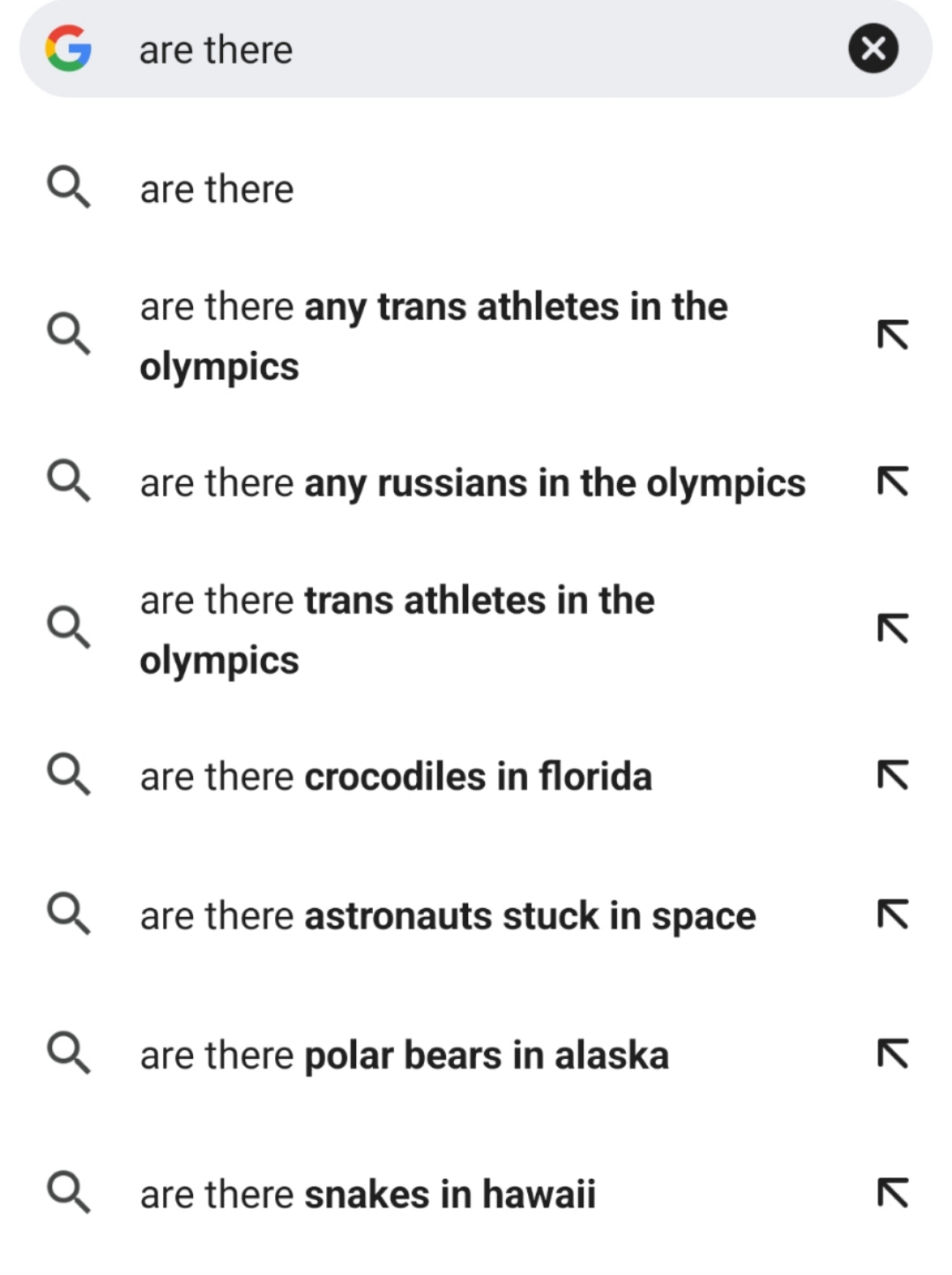



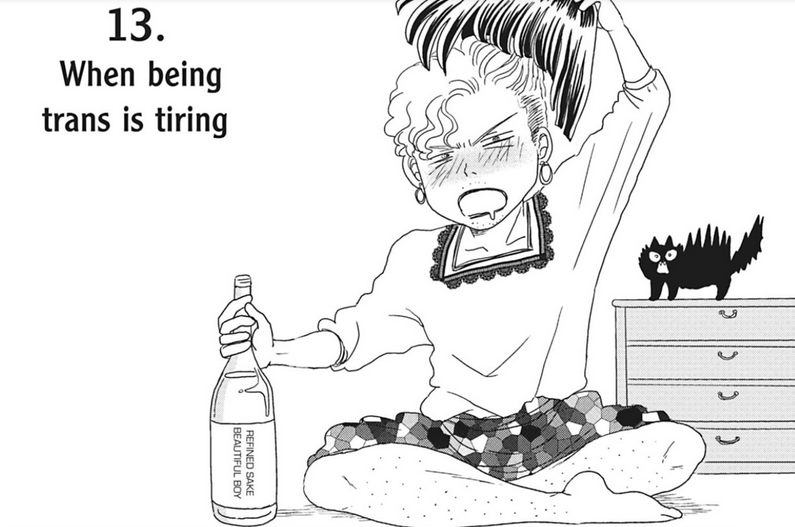

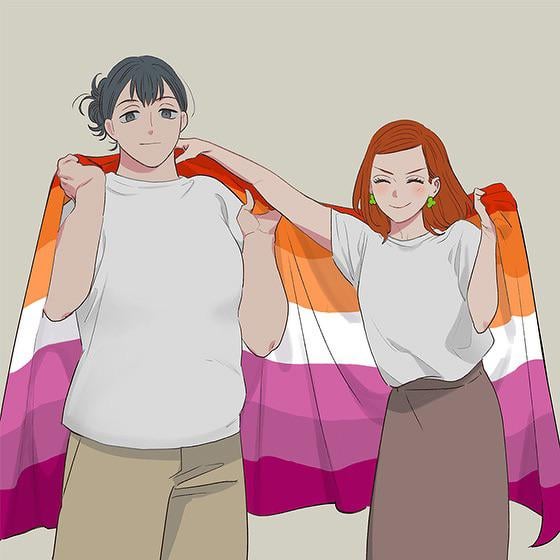



Must be it